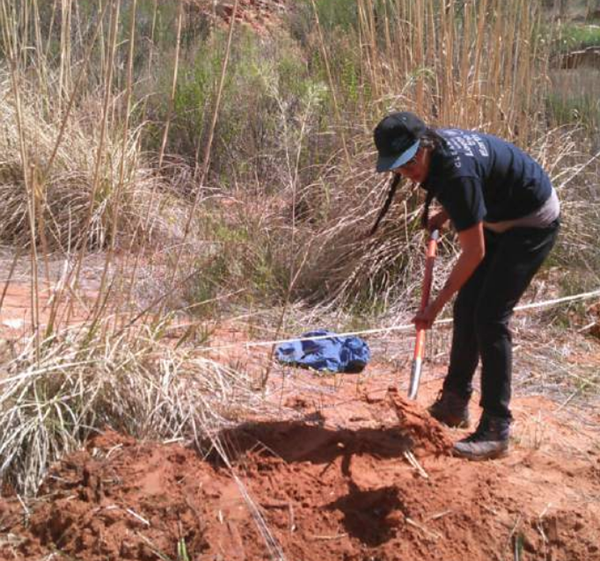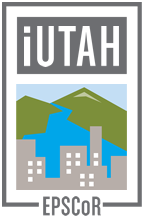Traineeships News
June 27, 2018
GRAs Continue Strong Ties to Water Research
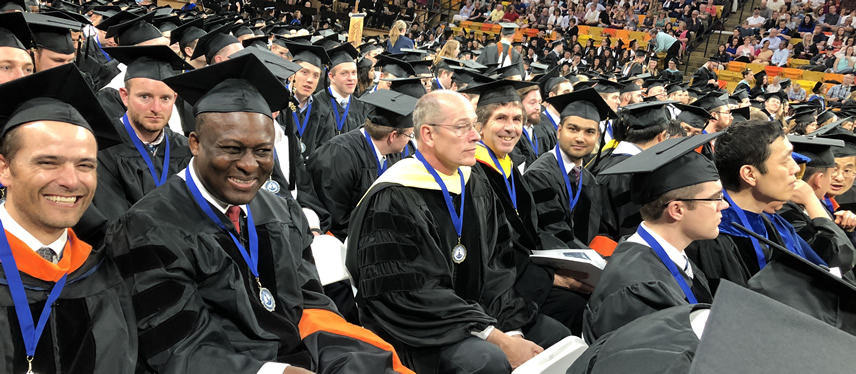
Over the past six years, the iUTAH community has benefitted greatly from the graduate students that worked on the project. As part of their graduate training, these students engaged with faculty research mentors to grow their knowledge in ecohydrology, environmental engineering, socio-environmental science, and coupled modeling. While nearly 50 students have served this role across three research focus areas and the cyberinfrastructure team, we would like to take a moment to highlight the training successes of a few successful doctoral students who graduated this year.
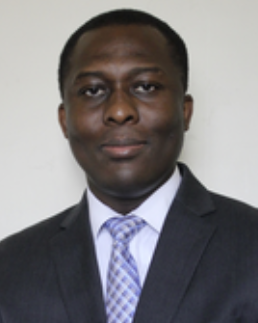
Caleb Buahin graduated with a Ph.D. in Civil and Environmental Engineering from Utah State University. His current work as a post-doc at USU builds on his previous work using the HydroCouple software framework for more holistic assessment of water systems by allowing model developers to stitch disparate models together. He says that “beyond providing the fellowship to support my doctoral degree, iUTAH provided an arena where I was able collaborate and build professional relationships with researchers from diverse backgrounds.”
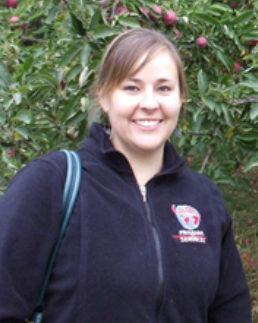
Taya Carothers graduated with a Ph.D. in Environment and Society in the Quinney College of Natural Resources at USU. She will be moving to the Chicago area where she will be the Assistant Director of the International Office at Northwestern University starting in August. She still plans to be involved in local water-related issues by volunteer with Chicago River efforts or environmental justice organizations.
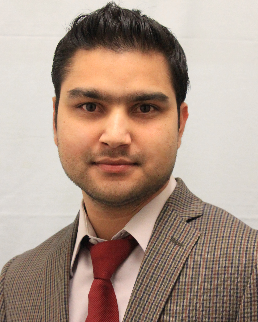
Kshitij “Kay” Parajuli graduated with a Ph.D. in Civil and Environmental Engineering. While at USU, Kay’s research focused on soil hydrology and evapotranspiration. He will be working with Scott Jones as a post-doc in the environmental soil physics lab, where he will use the findings of his work to improve water management at regional scale.

Yusuf Jameel graduated from the University of Utah, winning the outstanding Ph.D. award from the department of Geology and Geophysics in recognition of his dissertation on Stable Isotope Mixing Models in Urban and Natural Environments. He is moving to Gainesville FL where he will start a post-doc position in August. While there, he will continue his work in hydrogeology, working on application of Bayesian methods in ecology and hydrology.
“Being part of iUTAH had been the best experience as a graduate student,” said Kshitij “Kay” Parajuli. “The involvement has opened greater prospects to connect with the interdisciplinary group of people including faculty researchers and stakeholders from across the state. It has been an incredible journey of being a student and a mentor with several opportunities to take part in communications and leadership trainings.”
These students, in addition to completing their own research, served as mentors to undergraduate students engaged in the iUTAH iFellows and Trainee programs. Congratulations to these and the other students who have graduated in the past few years and are now poised to help shape Utah's and the nation's water future.
February 14, 2018
Traineeship Students Gain Real Skills
There are many internship opportunities for students at all levels found throughout the Utah educational system. iUTAH traineeships offered between 2013 and the present provided something different. “We knew we had students on the research-oriented campuses in the state that could benefit from gaining skills that were transferrable outside of academia,” said Ellen Eiriksson, iUTAH’s education, outreach, and diversity coordinator. The Traineeship Program is a workforce development initiative developed to provide students with skills that transfer beyond the academic realm, and that contribute to a strong Science, Technology, Engineering, and Math (STEM) trained workforce in Utah.
“Not all undergrads go on to higher degrees or careers in academia,” said Eiriksson. “Traineeships are meant to give students skills that they can take directly to the workforce with them.” Trainees were paired with faculty and other mentors on campuses to gain experience in their laboratories or other work settings. As undergraduates, trainees served as integral members of research teams, learning new skills, and even serving as near-peer mentors, passing those skills onto incoming trainees.
The average student was engaged with the program for one year, although this amount of time varied depending on research needs. Students benefited from a team environment, training alongside graduate students and other near-peer mentors. Below are some examples of the many interesting projects that they were involved in:
- Linking sensor networks to science through ecoinformatics
- Integrating data and models for hydrologic applications
- Exploring green roof food production and green infrastructure water use strategy
- Social science data management
- Quantifying precipitation effects from the Great Salt Lake
One former trainee, Phil Suiter, currently works as a civil engineer for Ogden City. He said that he “enjoyed working in the iUTAH trainee program because it opened my eyes to all the variety of work performed for research studies,” adding that the program “helped me learn the importance of the planning and preparation needed prior to field work which has helped me be more effective as I visit my infrastructure improvement sites.”
Another trainee, Natasha Griffin, worked on the GAMUT project in the Provo River, which she says "helped me to gain experience in doing fieldwork and collaborating with other researchers, which made me more confident about pursuing my own projects. I'm now working on two publications of my own as I finish my senior year, after which I'll head to graduate school in aquatic microbial ecology."
From a faculty perspective, mentors appreciated that the program was not limited to a summer session, so students were available for as long as they were needed. One mentor said “we enjoyed the consistency and enthusiasm that traineeships brought to the lab. The trainees always wanted to learn new skills and were always eager to help in the field and lab."
“As an iUTAH trainee I was responsible for installing, maintaining, calibrating and troubleshooting a wide variety of environmental sensors and equipment,” said Brett Boyer, trainee from 2015 – 2017. “I grew confident that with time and effort I could become an expert on a given piece of equipment and use my knowledge to solve any issues that might come up. I also worked on a challenging project developing a self-contained sensing and datalogging system that greatly increased my programming and troubleshooting experience.” These skills helped Boyer secure a position as a control systems engineer, working with heavy electrical equipment and programming controllers for a gold mining project in Mexico.
The iUTAH traineeship has involved 31 students to-date, many of whom are now employed in water-related technical fields, or continued their educations in graduate school both in Utah and neighboring states. These students benefited from access to iUTAH's diverse range of research and cross-institutional collaboration.
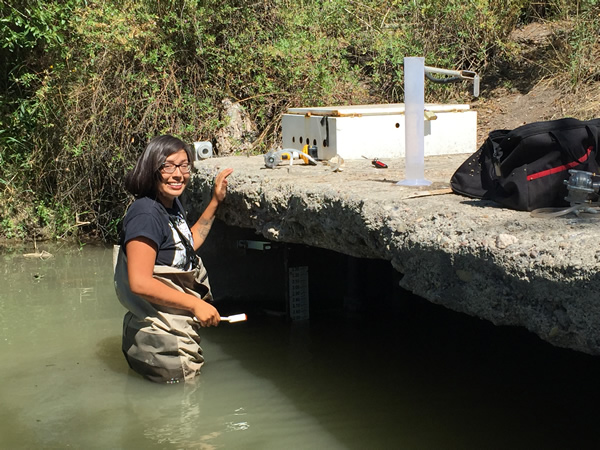
October 11, 2017
iUTAH Researcher Returns to Her Roots
Ka-Voka Jackson, a former iUTAH traineeship participant, has been in the news recently for her research on invasive grass in Glen Canyon. Jackson is leading a team of researchers in a project to learn how best to eradicate invasive ravenna grass from Lake Powell's side canyons and replant with native species. She is a University of Nevada, Las Vegas graduate student in ecology and evolutionary biology, and member of the Hualapai tribe. Here is what reporter Paige Blankenbuehler had to say about Jackson in an a High Country News article dated Sept. 6, 2017:
“With the Southwest’s climate on a trajectory for prolonged drought and weather extremes, Jackson navigates the deep backcountry near Glen Canyon, around the Arizona-Utah border. Here, back home, she is working to eradicate prolific and climate-change-resistant invasives and restore native vegetation….
As part of her graduate research, in collaboration with the National Park Service and Glen Canyon National Recreation Area, Jackson is now assessing dozens of plots, 100 square meters each, in five different canyons. …In April, she took a team of technicians into the canyons to kill or pull up ravennagrass and replant native plants. Jackson is also investigating whether passive re-vegetation — allowing the native plants to come back on their own — can work. Over the course of her program, she will return to monitor her plots, recording details from each to give land managers insight into which methods could work best for Glen Canyon National Recreation Area.”
Jackson is a graduate of the University of Utah, and has a Bachelor of Science in biology with an organismal and environmental emphasis. During her time with iUTAH, she was in the iUTAH Traineeship program and worked directly with the Red Butte Creek GAMUT technicians on their research, as well as other research scientists and graduate students.
Press: High Country News | Nevada Public Radio | Salt Lake Tribune | Utah Public Radio | KJZZ Radio
